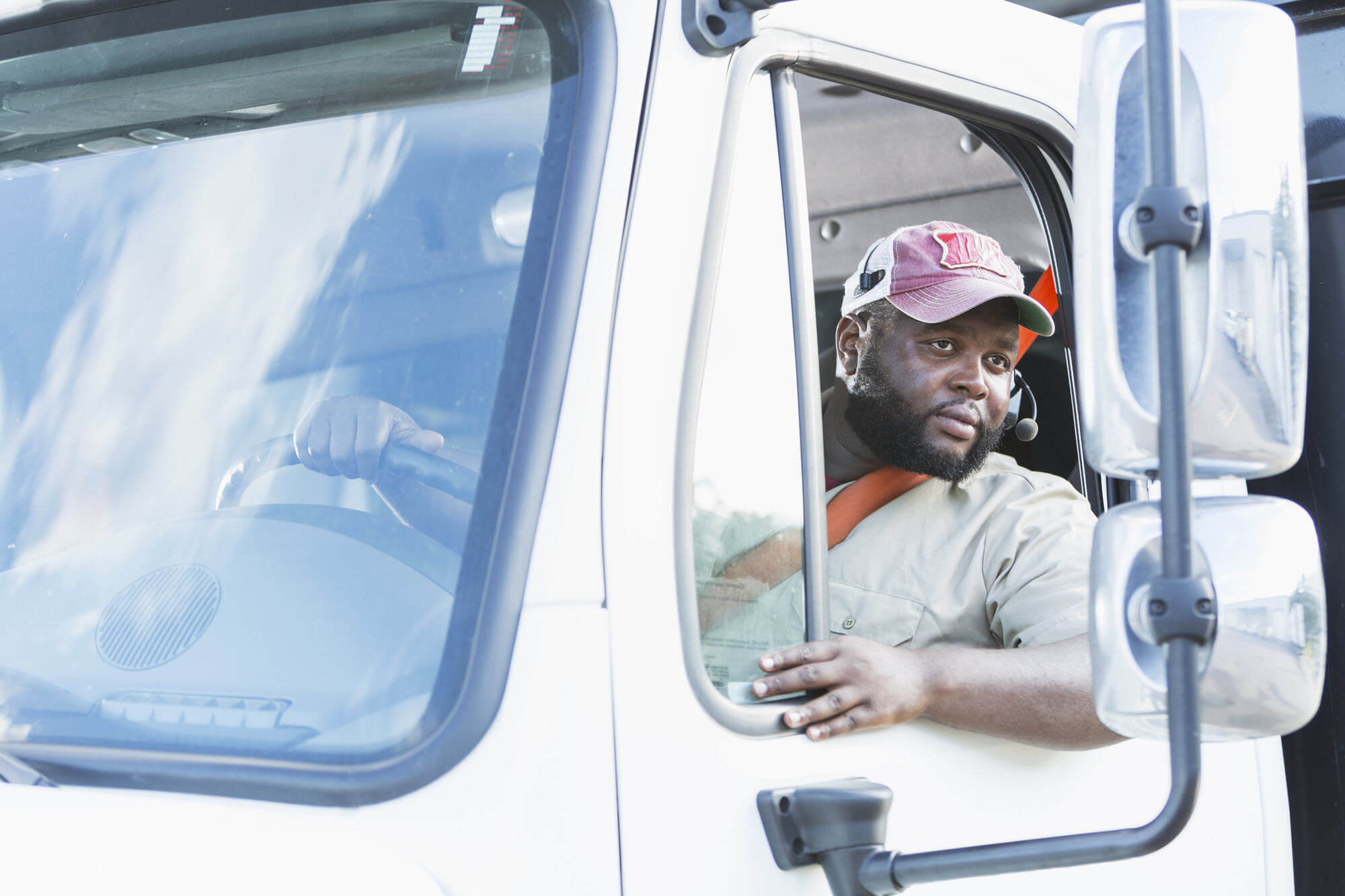Whether you are on the road or at the loading dock, you have a variety of risk factors to consider. Backing accidents can result in personal injury, property damage and increased insurance expenses.
Backing up a vehicle, whether it is an automobile or large truck, can be a difficult task. In fact, many accidents occur when vehicles are backing up at only 5 mph, due to blind spots, poor planning and lack of skill.
Tips for Safety
When you can avoid backing up, do so. Otherwise, follow these safety tips:
- Back up slowly and never hurry through the process. Keep the vehicle in control at all times.
- If you have doubts about what is behind you or if space is too tight, do not back up.
- Make use of your rearview mirrors and rear window before and during the process; don’t hang out your door to look behind you.
- Back up only as far as needed and then proceed forward to move the vehicle the rest of the way.
- Back in and then drive out going forward when parking in a lot.
- Place a cone behind your vehicle when parking if you will need to back out later. This will allow you to maintain clearance if a vehicle parks behind you.
- If you are in a blind spot, beep your horn twice or sound your backup alarm before backing.
- Watch out for overhead power lines or any other obstructions that you may come in contact with.
- Do not back around corners or exit ramps on the freeway.
- Walk around the entire vehicle looking for hazards and remove them if necessary.
- On the loading dock, turn off truck engine to prevent the release of carbon monoxide and be sure wheels are chocked.
Spotters
Strongly consider using a spotter when backing your vehicle. When using a spotter, follow these general rules:
- Make contact with your spotter at all times. If you cannot hear and see him/her, do not back up until you can.
- Agree on hand signals that the spotter will use to signal you to back up and stop.
- Ask the spotter to walk around the vehicle and survey the backing area to check for hazards. Have him or her check your overhead clearance, as well.
- Make sure the spotter is at least 8 feet away from the vehicle before you begin to back up.








